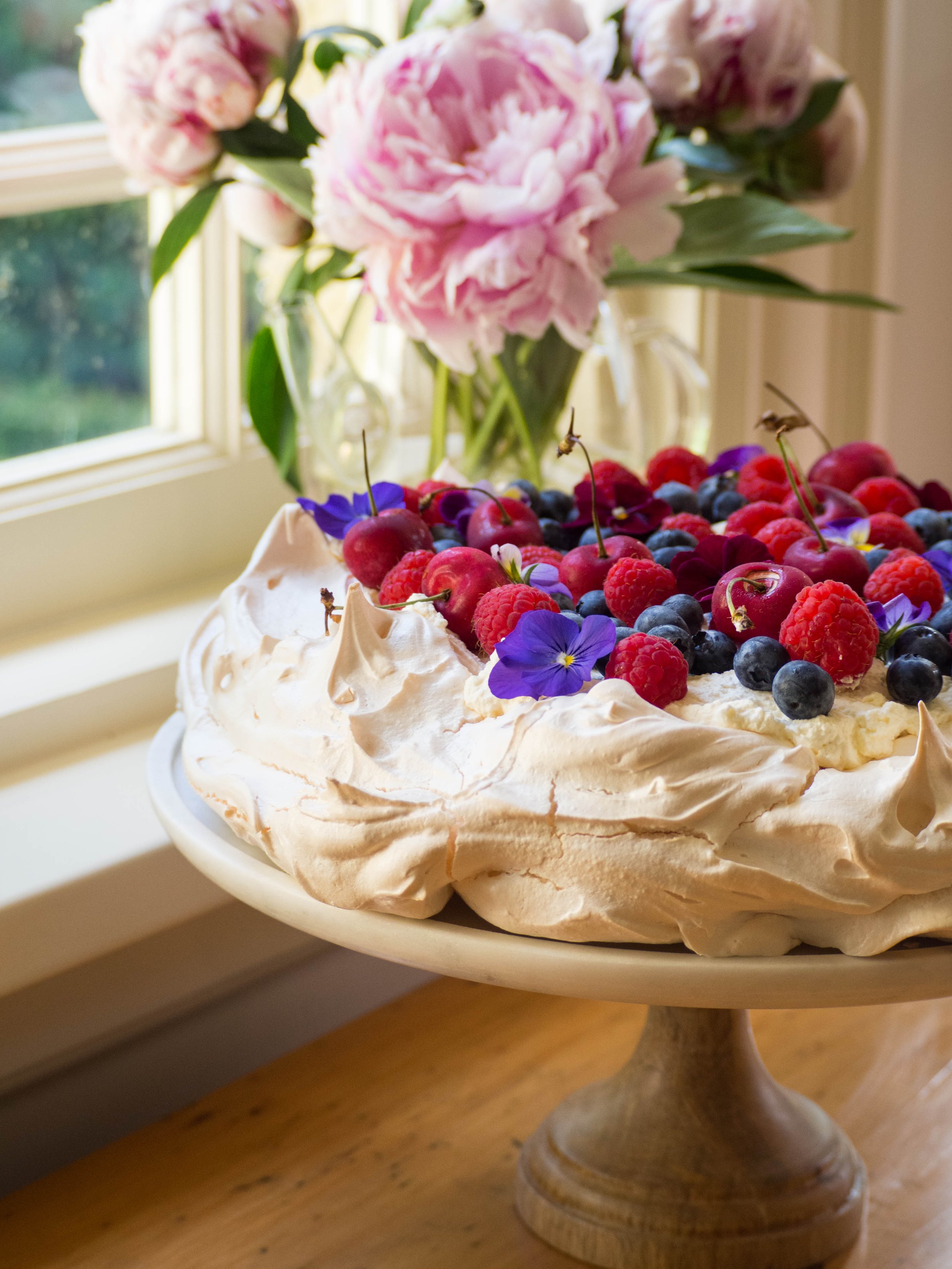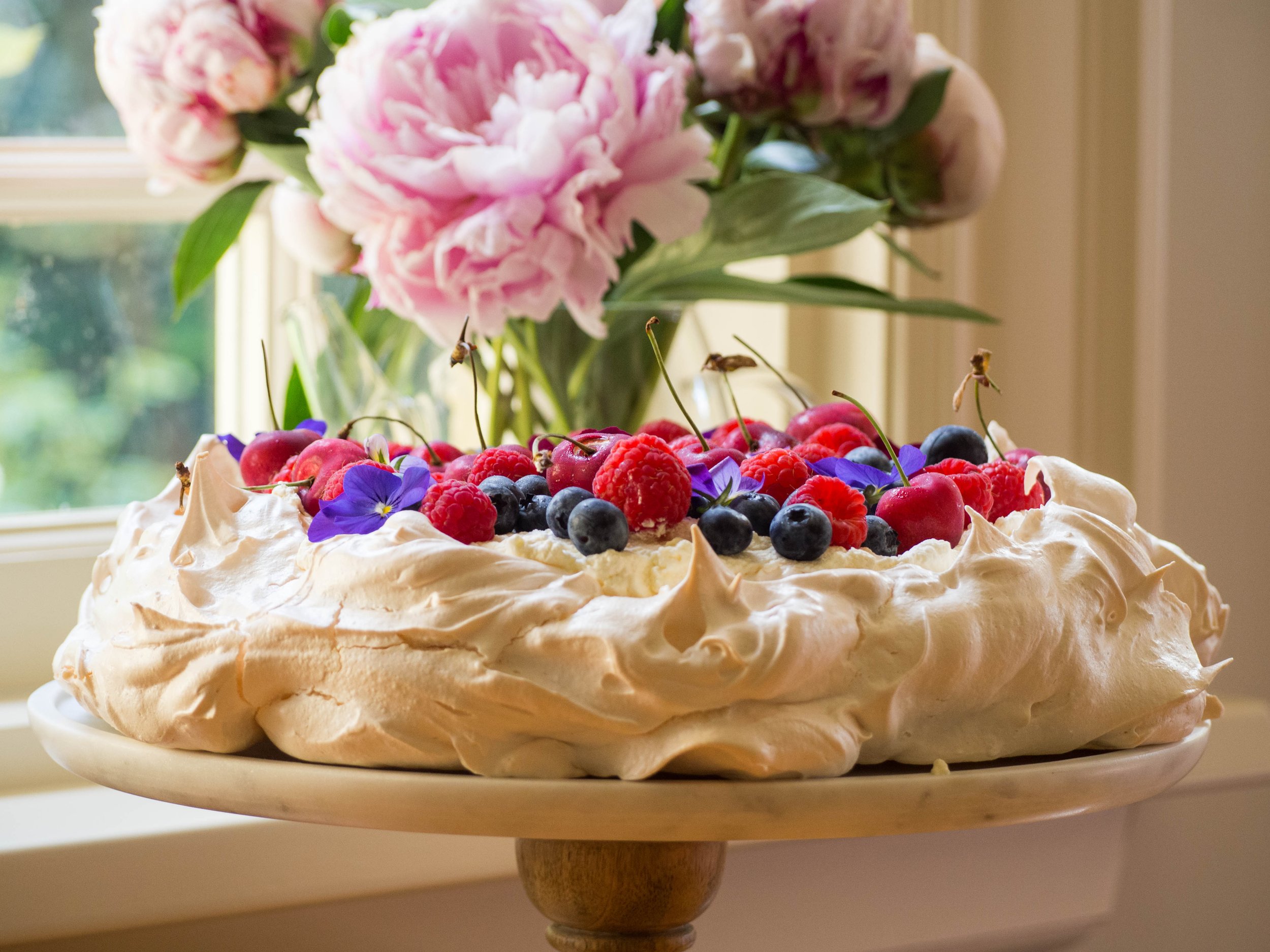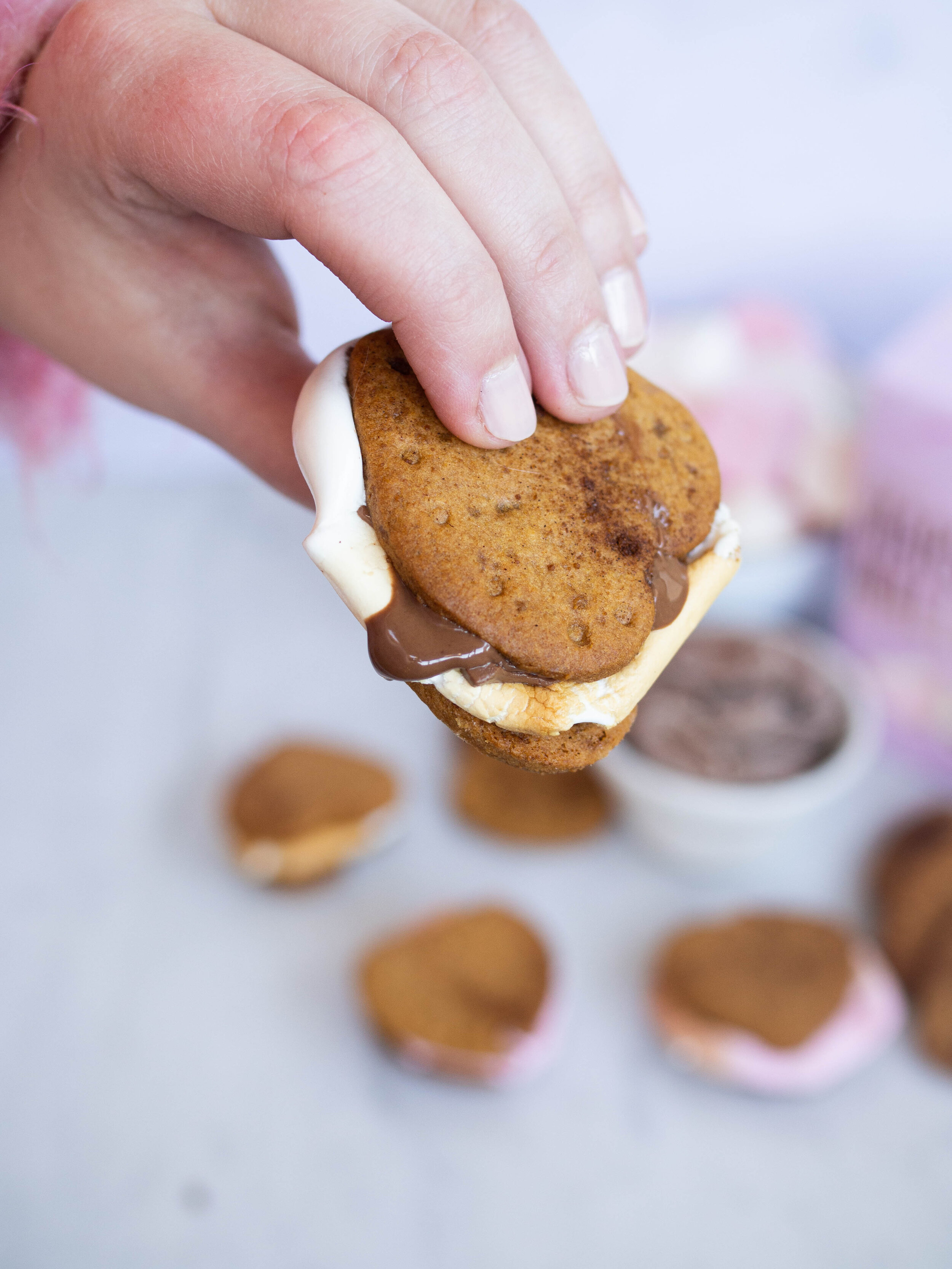Since this recipe has the quince tightly covered with foil during the cooking time in the oven, I think it’s still classified as poaching?
Whether it’s technically poaching or baking, I find this a great way to cook these tough but delicious fruit.
I used to spend time cutting out the cores of the raw quince to then wrap in muslin to add to the baking, but if the quince cores are in good condition I will now leave them in tact and cut them out after cooking - much easier!
Many times I have cooked quince I have found the cores are not in good condition as they contain a little mould etc. I think this occurs if a fruit fly or similar has burrowed its way into the centre of the fruit (any experts let me know in the comments if my assumption here is correct!). Look out for fruit with small holes in the flesh as these are likely to be poorer quality and may have cores that are not usable. I avoid fruit with these little holes if I can as even cutting the quince can be a lot of work, and it’s disappointing to find the core (and all the pectin it can give the poached quince) has to be completely discarded along with some if of the rest of the quince too.
In these cases I keep any useable core and place in muslin to poach with the quince, but if your quince are very good quality you should be able to leave the cores until after cooking.
Oven Poached Quince
Ingredients:
4-5 quince
300g white sugar
130ml water
juice of two lemons or two bergamots (approx. 120ml)
1 tsp vanilla bean paste or 1 vanilla bean halved length ways
8 cardamom pods
handful of fresh or dried rose petals
Method:
Preheat oven to 150 degrees Celsius.
Peel and cut the quince into quarters and place in a single layer in a large baking dish.
In a small saucepan, combine the sugar, water, citrus juice, vanilla, cardamom and rose petals. Place over low/medium heat and stir until the sugar has dissolved.
Once the sugar has dissolved allow to simmer for a couple of minutes, then pour over the quince and cover the baking dish tightly with foil.
Place in the oven for at least 2 -3 hours, turning the quince over halfway so they colour evenly. The quince will be ready once they have softened (but remain whole) and have turned a ruby red colour. The cooking time will depend on the size of the quince. I check mine at the 1 and 2 hour marks, and then at 30 minute intervals after that if they need more than 2 hours.
Once the quince are cooked, remove from the oven and allow to cool. Discard the cardamom pods, and once the quince have cooled enough, gently cut out the cores and discard. If the colour of the quince is lighter underneath the cut part, turn them over so they are face down in the quince cooking syrup and they will colour up a bit while the quince cool further.
Once cooled, place quince together with the syrup in an airtight container (I find glass containers work best). Keep in the fridge, they should last for a couple of months for so. You can freeze the quince as well.































